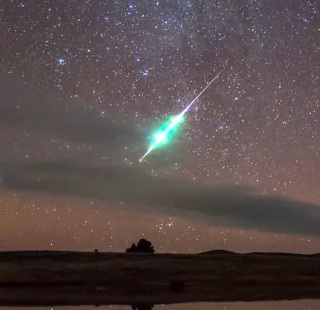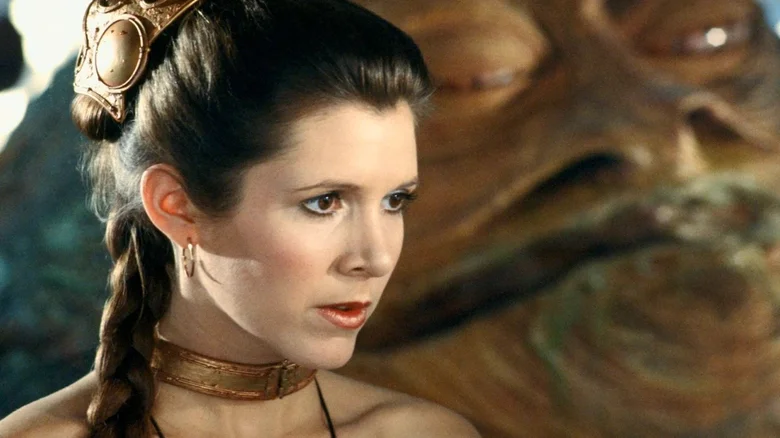I just saw my first interstellar meteorite

This is the same green, not my pic
I saw a rare super-heavy kamacite Iron meteorite last night - initially very deeply coloured Cyan green unlike any I've seen before ~1 am on the 2nd November in Orewa coming down steep and fast over Rangitoto seemingly at Mach 40 (!) with a spooky weird ultra-bright green in the ionosphere that went at the last minute to orange then red as it sprouted petals and broke up after about 1 or 2 seconds as a green streak that reminded me of fireworks but upside down entering ionosphere at 40 degrees above the horizon quickly going straight then down then splatting into the atmosphere at 100 km altitude and 20 degrees above the horizon.
They are solid single crystal that form by very slowly cooling at rate of 100 celsius per Myr. That's a Megayear. Oh boy these guys take 10 million years to cool, beginning to crystalise at 750 C and precipitating from, 723 C into really cool looking metals. What the absolute frack? Ring the alarm! That's from another solar system. The most notable trace elements in kamacite are gallium, germanium, cobalt, copper, and chromium; but also bits of stardust like platinum and gold. Tangy. Weird. It's not like Mars rock, which is a common meteorite. Always magnetised and piezo-electric so it's making it's own electricity and getting zapped from ionosphere as it comes in. I thought it was a firework or UFO cos it was so bright green.
I noticed it as I looked East out to sea at Orewa's beach, joint hanging outta my gaping jaw as my eye-popping gaze turned South.
Naturally, I was hoping to meet Yoda and go for a ride in a spaceship... I'd tell him please just no warps outside the solar system cos I need to be home within 24 hours Earth time I gotta feed my cat. So long as I still keep rectal virginity and no big glowing probes implanted up my nose. Deal? I'd probably agree to donate sperm for their dirty little breeding experiments if that's what it takes to get a ride to the Moon OK hey is that Princess Leia?! You wanna wanga wid Jabba?

Iron-nickel meteorites are more easily recognized than other types of meteorites, even though they account for less than 5% of observed falls. However, they represent almost 90% of the mass of all collected meteorites, due to the way they fall fast without getting slowed by the air because of the momentum from their high mass, and mono-crystal nature making them quite slow melting. Crystals need a bit more heat to start melting initially.
Did you know that Earth is the most dense object in our solar system at 5.5 grams per cubic cm? More than the sun, Jupiter, Saturn etc by average by volume at surface.
Metallography of Iron-Nickel Meteorites
Iron-nickel meteorites are space rocks that are mostly made of iron, but also contain 5–30% nickel. They are a common type of meteorite found on Earth, and are the remnants of the cores of ancient asteroids. Iron-nickel meteorites are made up of two alloys, kamacite and taenite, which are only found in meteorites on Earth. Kamacite has a lower nickel concentration, while taenite has a higher concentration. Iron-nickel meteorites have a unique texture called the Widmanstätten pattern, which is caused by the interlocking of the different alloys. Iron-nickel meteorites are denser than other types of meteorites, which makes them more likely to survive entry into Earth's atmosphere. That explains the 2.5 seconds it took I think.
This is what the next version of Google search will look like... I found this as I'm on Google's public beta (testing) list

Posted by tomachi on November 2nd, 2024 filed in Science
